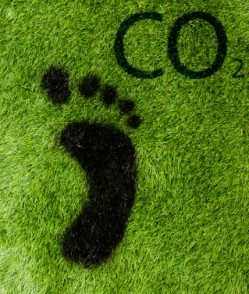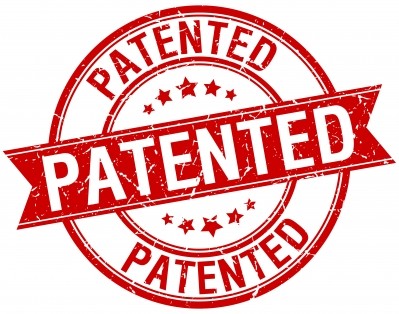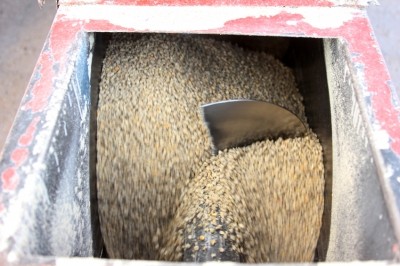Alltech files patent on system to evaluate the impact of feed on livestock carbon footprint

The system allows for adjustments to be made in an animal’s feed to improve meat production, while reducing waste, said the global nutrition company.
Some compositions of animal feed will cause livestock to generate more greenhouse gases (GHG) than others. The greater the GHG emission, the greater the carbon footprint of the animal concerned. So, write the Alltech inventors in the filing, it would be beneficial if the composition of the feed could be evaluated and modified to enhance its environmental credentials.
“We have been working for several years on the methods and systems involved, and it is an ongoing project.
The process comprises laboratory measurements of feed materials integrated into an in vitro simulation fermentation model that mimics in vivo digestion of an animal to indicate the potential for methane emissions from that material.
The level of accuracy with this approach is much higher than a system relying on feed material assessments based on book values, which can misjudge methane emissions by as much as 55%,” Karl Dawson, chief scientific officer and global research director at Alltech, told FeedNavigator.
Fermentation of a feed sample
Example of a suitable digestion model, reports the patent filing, is the company’s own In Vitro Fermentation Model (IFM).
The IFM process involves the fermentation of a feed sample by incubating it in buffered rumen fluid for 48 hours to simulate the in vivo digestive process of an animal. During the process, volatile fatty acids and microbial biomass are produced, along with greenhouse gases such as carbon dioxide and methane.
Dawson said this method for estimating impact of a meat producing animal on carbon footprint, which is very much an evolving one, takes account of a range of parameters beyond nutrition that can impact feed efficiency and carbon footprint of an animal from environment to reproduction status.
“We are testing it with silages currently. It is just a matter of tweaking the methodology to match the feed materials under analysis,” he said.
The Alltech research lead also said the company was looking to see how the method, which is not yet commercialized, could be incorporated into the programs of E-CO2, a UK provider of farm environmental assessment tools it acquired in February this year.
Source: WIPO Publication No: WO/2015/103361
Published: 09 July, 2015 Filed: 31 December, 2013
‘Systems and methods for estimating feed efficiency and carbon footprint for meat producing animals’
Authors: Bramble, Tyler, Cole, Johnston, James, Dennison; Johnston, Robin, Alexander; Dawson, Karl, A














